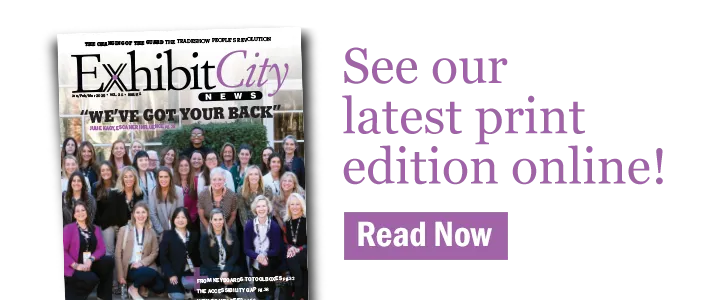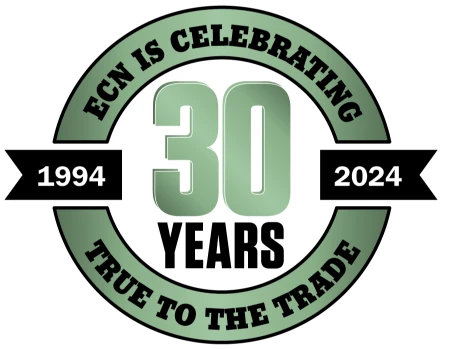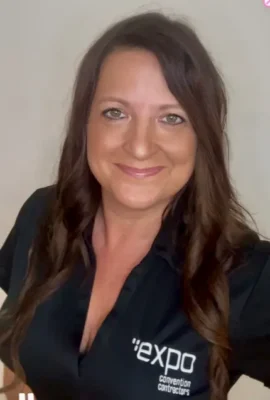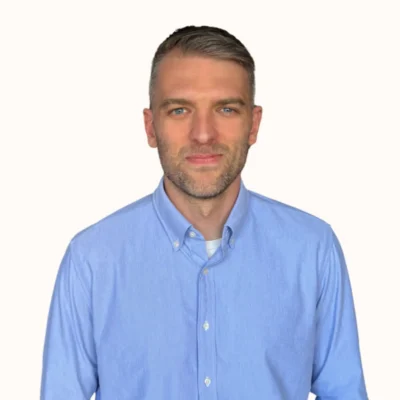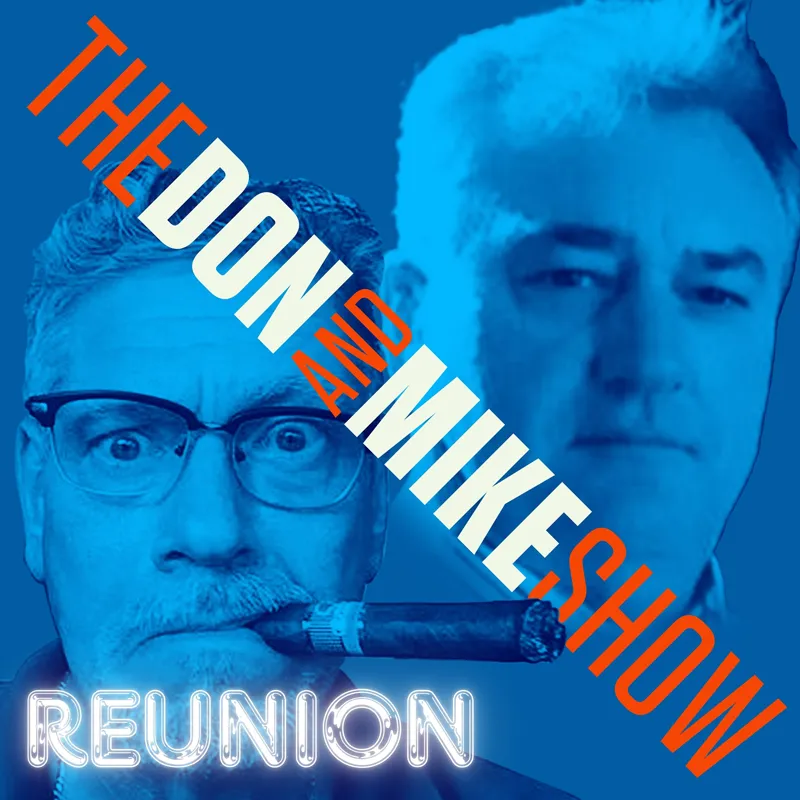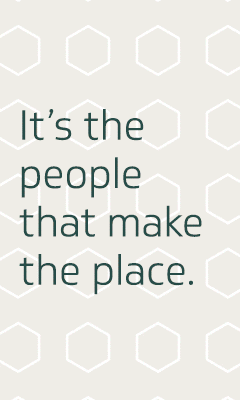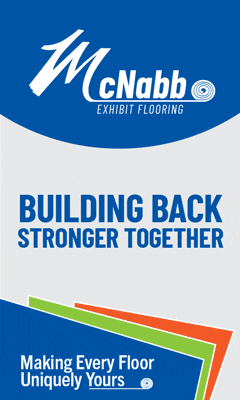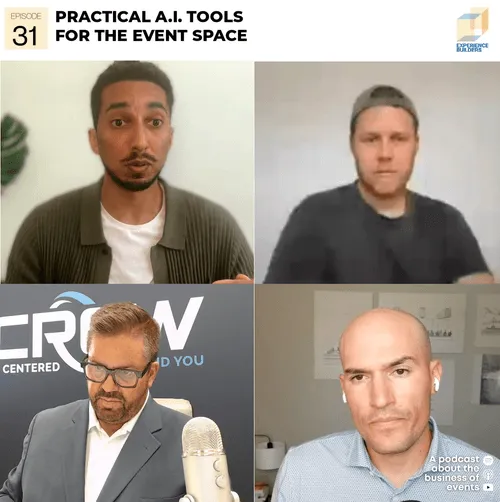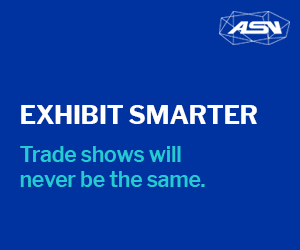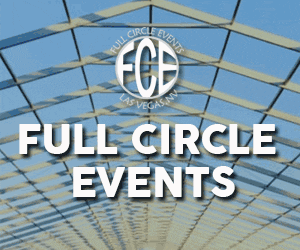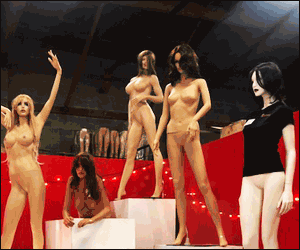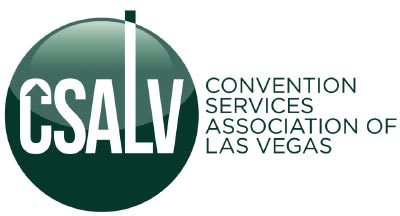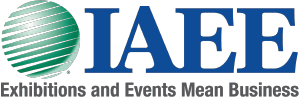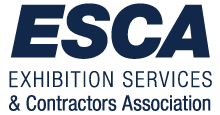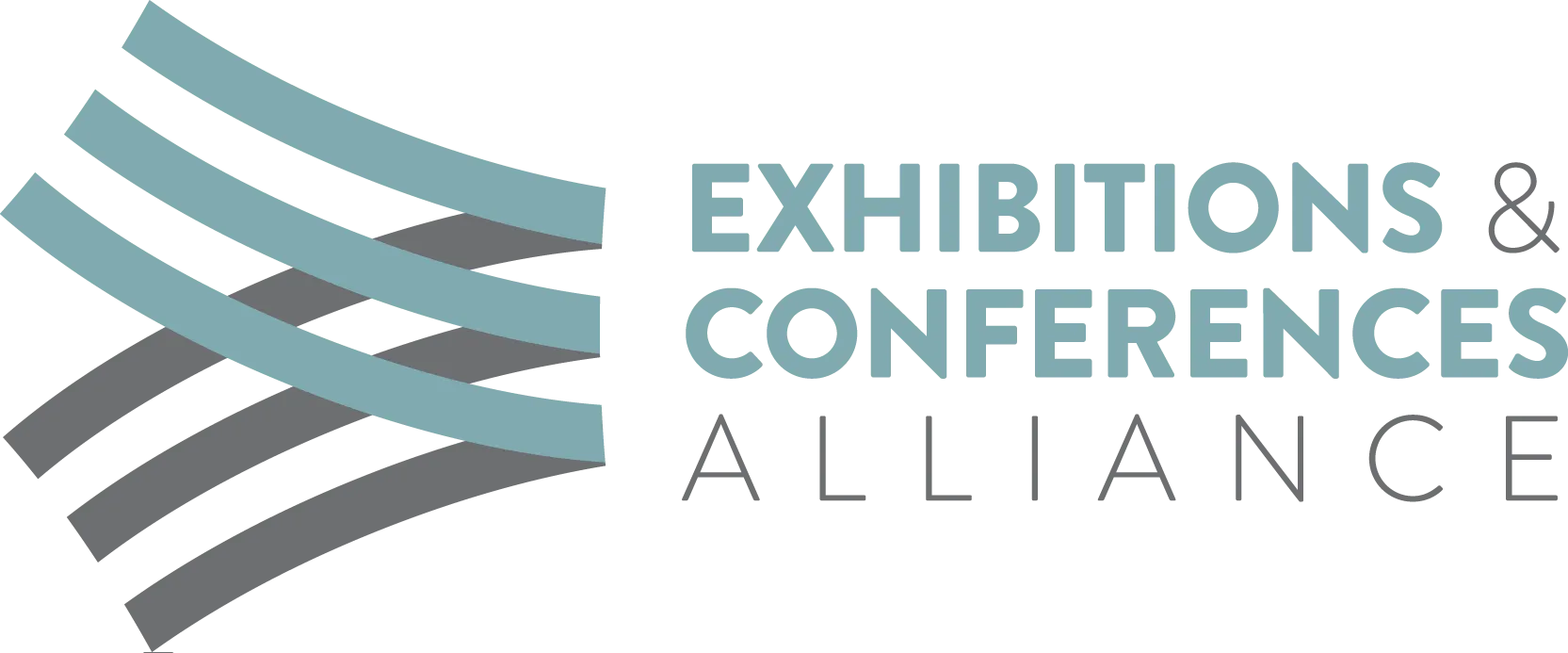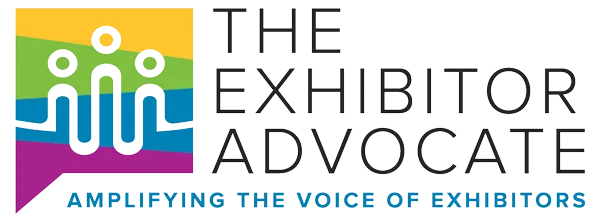During a career that has spanned nearly four decades, Larry Kulchawik has been bringing his passion to the tradeshow industry on a daily basis. He was the inaugural winner of the Exhibit Designers and Producers Association (EDPA) Ambassador Award in 2000, as well as the Hazel Hays Award winner in 2008. Kulchawik has also served as president of the EDPA and the International Federation of Exhibit and Event Services (IFES).
Exhibit City News: What was your first job in the exhibition industry?
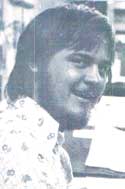
Larry Kulchawik: Like many of us who found their way into the exhibit business, I fumbled into it. With a degree in design, I came upon an opportunity with a tradeshow exhibit company in Chicago called Mertes Design. I was hired as an exhibit designer and detailer in 1973. Detailing in those days was not done with computer-aided drafting (CAD) software. Fabrication drawings were done by hand and copied onto a smelly blueprint. With my training in architecture, I printed like I knew what I was doing. The company liked that, even if I was not always sure what I was drawing.
From there I went to a company called Premier Design. This was the first company dedicated to rental exhibits, a novelty in those days. All exhibit projects were sold as turnkey solutions, one price to include all services. Now, this was before show contractors required drayage and electric be paid up front. After a few years of owing contractors and truckers a lot of money, Premier went bankrupt. All the employees scrambled to find new jobs and three new exhibit companies were formed: Fritkin-Jones, Design Agency and Mastercraft Exhibits. I joined Fritkin-Jones as a designer and detailer. Today they call them project managers. After two years, working 60 hours a week on a salary, I searched for security and better pay. I heard about Exhibitgroup (EG), called Leo McDonald, and was hired as a designer.
ECN: What was your initial impression of the industry back then?
LK: I had no idea that tradeshows were big in the U.S., let alone the world. The idea of building an exhibit of wood, packing the parts in a crate and shipping it to a show seemed like a lot of effort for a three-day event in Chicago. At the time, the word convention painted a picture of a party with business mixed in between. The term tradeshow marketing did not exist yet.
In the ‘70s and ‘80s, Chicago was the top convention city in the U.S. As time went on, other convention centers expanded and I began to manage many exhibit projects outside of Chicago and then the world. My impression of the industry now changed from regional to national and then to global in scope.
ECN: A lot of tradeshow professionals say this industry just gets in your blood. Did that happen to you?
LK: It took 10 years before I realized that the industry was in my blood. I just kept working hard, hoping I could someday find a real job. Then, lo and behold, I realized this is a real job. I am now so happy to have discovered this business.
When I joined the EDPA I became proudly obsessed with this cool business that we all fell into, each in our own way. We all learned to be experts by trial and error. This is when I felt a need to justify my passion about the unique professional services we were providing our customers and began pushing for college-level training for exhibit design and marketing. In the near future, I hope to see tradeshow marketing experts viewed as the neurosurgeons of the marketing world.
ECN: What was it like working for EG for 20 years?
LK: After 10 years of design and project management at EG, I went on to become an account executive specializing in international accounts. I then became president of the Chicago division. This was a high point of my career, as EG Chicago was the largest single exhibit division in the U.S. I was fortunate to have the best sales force in the industry with great accounts, as well as a skilled and motivated work force. We were all having fun. Eight years later, I was asked to become head of sales and marketing for all Exhibitgroup divisions. I worked with Charlie Corsentino, who was the new CEO. Charlie was asked by Dial Corp., the owner of EG, to purchase good exhibit companies and build a network. We went on to purchase many exhibit companies, and then bought our biggest competitor, Giltspur. We were now the biggest exhibit company in the world. Each quarter, Charlie, the CFO, and I would fly to Dial in Phoenix and report the numbers. This was nerve racking. They always wanted more. John Teets, the president of Dial Corp, was a tough leader. Our CFO would often go to the bathroom to puke just before getting on stage for the numbers presentation. This was not fun. I often have said that working for EG was the best 20 years of my career and the worst five.
ECN: As EDPA president, what programs did you push to develop?
LK: Over the years, the exhibit industry has grown and matured to be a real profession – a profession that demands trained and skilled thinkers with industry procedures and policies concerned about safety and sustainability. As president of EDPA, I wanted to contribute as best I could to the growth and professionalism of our industry. I selected three areas to focus. My projects were to create a master’s degree program for exhibit designers, create a standard for safety for exhibits and create an international chapter at EDPA while president of IFES. After my term as EDPA president, I pressed on to fulfill the three projects I initiated. Each initiative was supported by others on our EDPA team. I was a pusher to get things done, but many contributed. Many also called me a pain-in-the-ass. Oh well.
ECN: How do you think these programs have impacted the industry?
LK: These initiatives contributed to making our industry reach a higher level of professionalism in the eyes of those who believe in the power of face-to-face marketing. Many in our industry are embracing research, education and the international marketplace for a brighter future.
ECN: As an EDPA Ambassador and Hazel Hays Award winner, what does being recognized by the industry mean to you?
LK: The awards made me very proud to be a part of this industry. I feel humbled to be recognized for doing what I love. I feel lucky to have discovered this industry and feel a need to pay back and encourage others to join us. It’s nice when others around you cheer you on with encouragement. Each of the past EDPA Ambassador Award winners were good cheerleaders. They made people feel good about being a part of this special community of exhibition specialists.
ECN: How has the tradeshow industry impacted you personal life?
LK: The tradeshow experience has been a wonderful journey. The exhibit industry fever hit me, just like it has hit many others in our industry. Retiring professional athletes are often asked: ‘What will you miss most about playing?’ Many reply that it is the locker room camaraderie, especially when you are on a winning team. I have been fortunate to be on some very good winning teams.
I have also formed many work friendships in the heat of battle as you get ready for a show. Whether building or setting up an exhibit, the relationships you build with your teammates and clients are special. Many have gone on to be friends for life.
There have also been many people who guided me to find my way on this tradeshow journey.
To mention a few: John Gunther hired me as a designer; Leo McDonald taught me about the business of business; Clay Wilkening taught me about sales and honesty with customers; Bill Dixon gave me a belief in myself; Peter Bestmann and Han Bruder mentored me on international relations; and Tony Vastardis said: ‘Follow the money.’ Many others also have influenced my career, and today I consider them friends for life. I sure hope that I played a role as a mentor to them as well.
Being married to a tradeshow junkie can be stressful. The tradeshow game can become so addictive that we, at times, become blind to others around us. Balance is key. For me, my wife Carol has respected my passion for 40 years as I respected hers. She has kept me grounded. We ran our separate races but had common dreams. We found the time to have our cake and eat it, too, with two wonderful kids and family support.
ECN: After 40 years, you say you are semi-retired?
LK: Semi-retirement for me means that the flame is still alive but the fire burns more slowly. I have met many exhibit people around the world and hope to keep in touch, but slow the pace of a daily grind.
I have been writing a book for the past two years entitled “Doing Tradeshows From One Country to the Next.” I have completed 19 countries with 12 more to go. I hope to finish this year.
I also will continue to work with 3D Exhibits, the EDPA, IFES and the Fashion Institute of Technology degree programs to share whatever I can. I am presently helping IFES promote themselves at EXHIBITOR2013. Stop by and say hello.
What started as building exhibit structures has evolved into the business of face-to-face marketing with exhibits being only a piece of it. It’s been a wonderful journey.



